Tallinn: A Journey Through Time and Architecture
Embark on a captivating exploration of Tallinn's rich architectural heritage. This free walking tour unveils the city's stunning structures and cultural tales.
Time
3 Hours
Stops
9 Places
Distance
3.1 km
Viru Gate
Begin your walking tour at Viru Gate, the historic entrance to Tallinn's Old Town, showcasing medieval architecture and leading you into a world of cobblestone streets and charming facades.
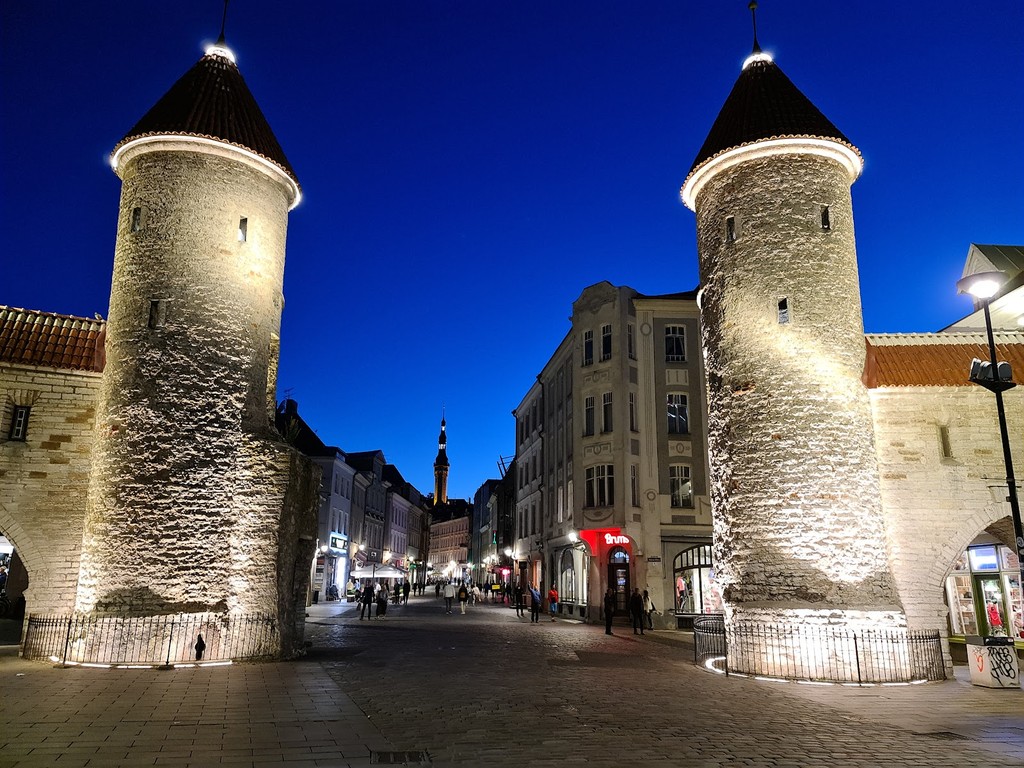
Viru Gate (Source: Google Maps)
Viru Gate, the historic entrance to Tallinn's Old Town, dates back to the 14th century and is a striking example of medieval architecture. It originally served as one of the main entrances into the fortified city, featuring two towers and a beautiful archway. The gate is flanked by a charming courtyard and is adorned with intricate details that reflect the craftsmanship of the era. Today, it stands as a symbol of Tallinn’s rich history, welcoming visitors into a world of cobblestone streets and vibrant facades, offering a glimpse into the past and the enchanting architecture that defines the city.
Town Hall Square (Raekoja plats)
Just a short walk from Viru Gate, you'll find the vibrant Town Hall Square, surrounded by colorful merchant houses and the Gothic-style Town Hall, a centerpiece of Tallinn's architectural heritage.
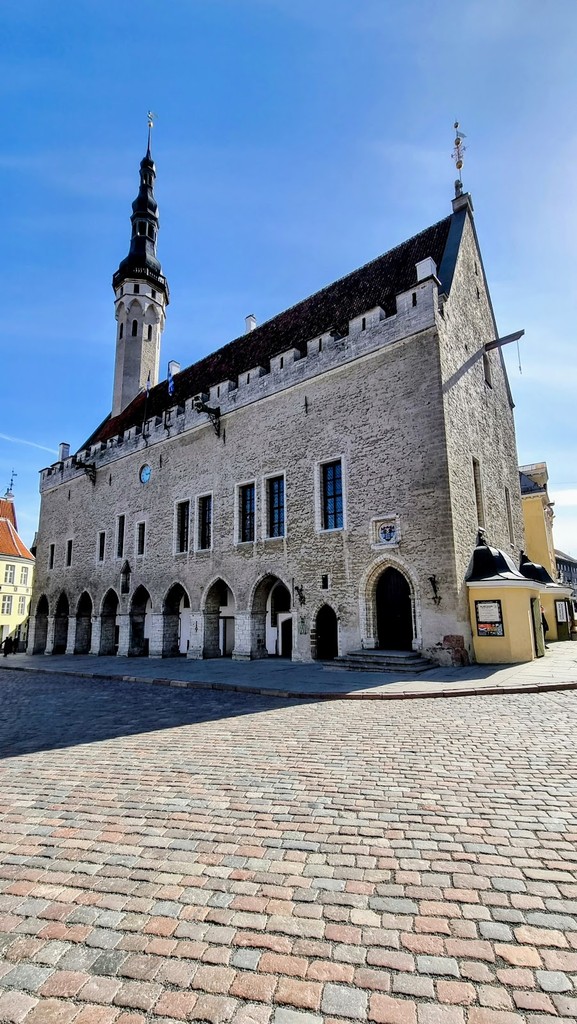
Town Hall Square (Raekoja plats) (Source: Google Maps)
Town Hall Square, or Raekoja plats, is the heart of Tallinn and showcases the city's architectural evolution. The square is surrounded by colorful merchant houses and the stunning Gothic-style Town Hall, which dates back to the 13th century. The Town Hall is notable for its ornate spire and rich history as a center of trade and governance. The square has been a gathering place for locals and visitors alike, hosting markets and events throughout the centuries. Its vibrant atmosphere and historical significance make it a must-visit landmark that exemplifies Tallinn’s architectural charm and cultural vibrancy.
Pikk Street
Explore Pikk Street, known for its well-preserved medieval buildings and guild houses, showcasing the architectural evolution of Tallinn through the centuries.
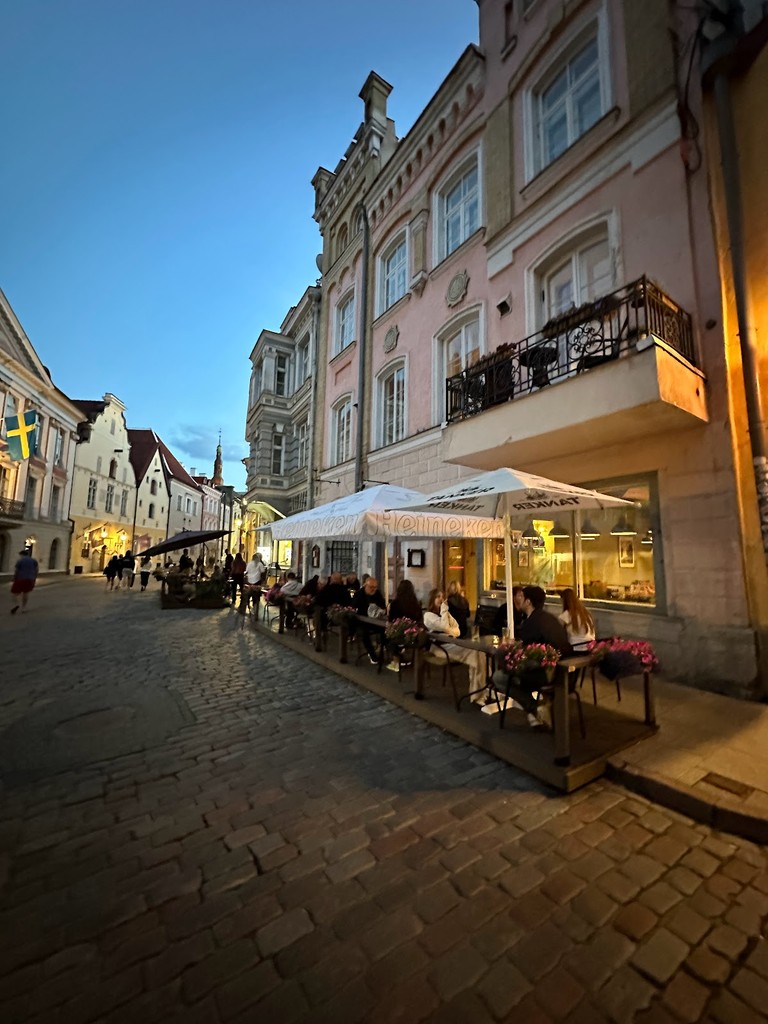
Pikk Street (Source: Google Maps)
Pikk Street is one of Tallinn's oldest streets, lined with well-preserved medieval buildings that reflect the city’s architectural journey through the ages. This historic thoroughfare was once the main street of the Hanseatic League and is renowned for its guild houses, which showcase various architectural styles from Gothic to Baroque. As you stroll along Pikk Street, you can admire the intricate facades and unique details of each building, many of which house charming shops and cafes. The street not only highlights Tallinn's rich history but also serves as a testament to the city’s resilience and dedication to preserving its architectural heritage.
St. Olaf's Church
Walk towards St. Olaf's Church, once the tallest building in the world, notable for its Gothic architecture and offering stunning views from its tower.
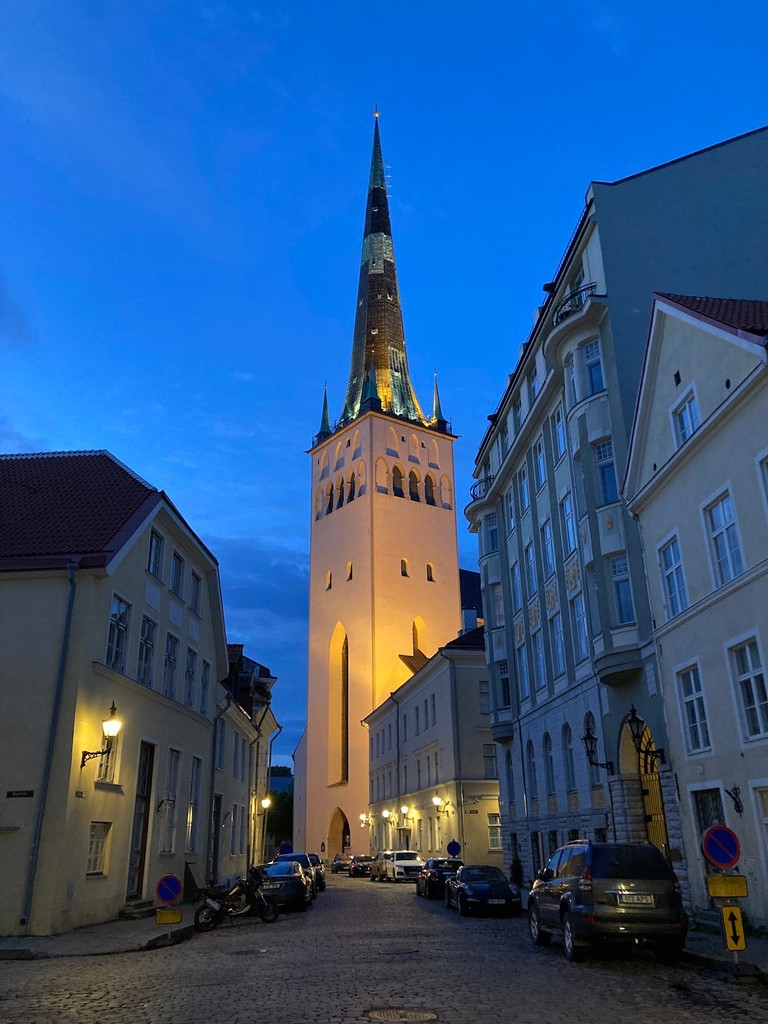
St. Olaf's Church (Source: Google Maps)
St. Olaf's Church, once the tallest building in the world, is a remarkable example of Gothic architecture. Originally built in the 12th century, the church has undergone several renovations, with its current tower reaching a height of 124 meters. The church is named after King Olaf II of Norway and has served as a significant religious site throughout its history. Visitors can explore its beautifully crafted interior, adorned with stunning altarpieces and intricate woodwork. The tower offers panoramic views of Tallinn, making it a popular spot for tourists. St. Olaf's Church stands as a symbol of the city’s spiritual and architectural heritage.
St. Nicholas' Church (Niguliste Museum)
Explore the impressive St. Nicholas' Church, now a museum, which highlights medieval art and architecture and offers insights into Tallinn's religious history.
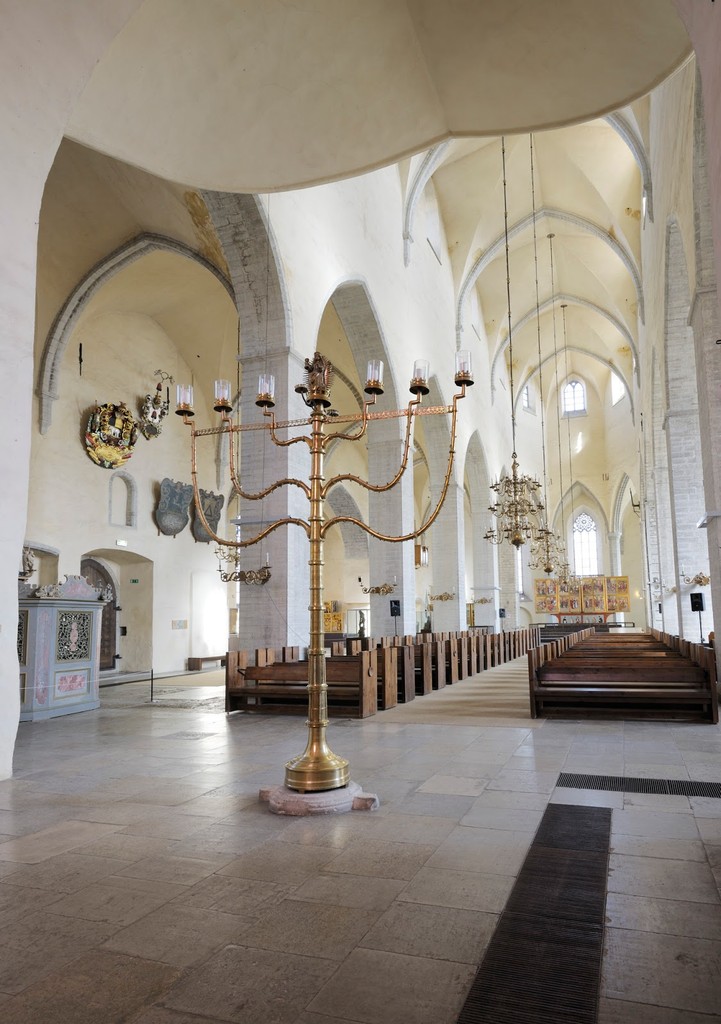
St. Nicholas' Church (Niguliste Museum) (Source: Google Maps)
St. Nicholas' Church, now housing the Niguliste Museum, is a striking example of medieval architecture and religious art. Built in the 13th century, the church features a beautiful Baroque altar and an impressive collection of medieval artifacts, including paintings and sculptures. The museum highlights the artistic evolution of Tallinn and its religious history, showcasing works by renowned artists. The church's unique architecture, with its tall spire and intricate details, makes it a significant landmark in Tallinn. It serves as a cultural hub, offering insights into the city’s past and the role of religion in shaping its architectural landscape.
Alexander Nevsky Cathedral
A 10-minute walk from St. Nicholas' Church, this grand Russian Orthodox cathedral is a striking example of Russian Revival architecture and a key cultural symbol in Tallinn.
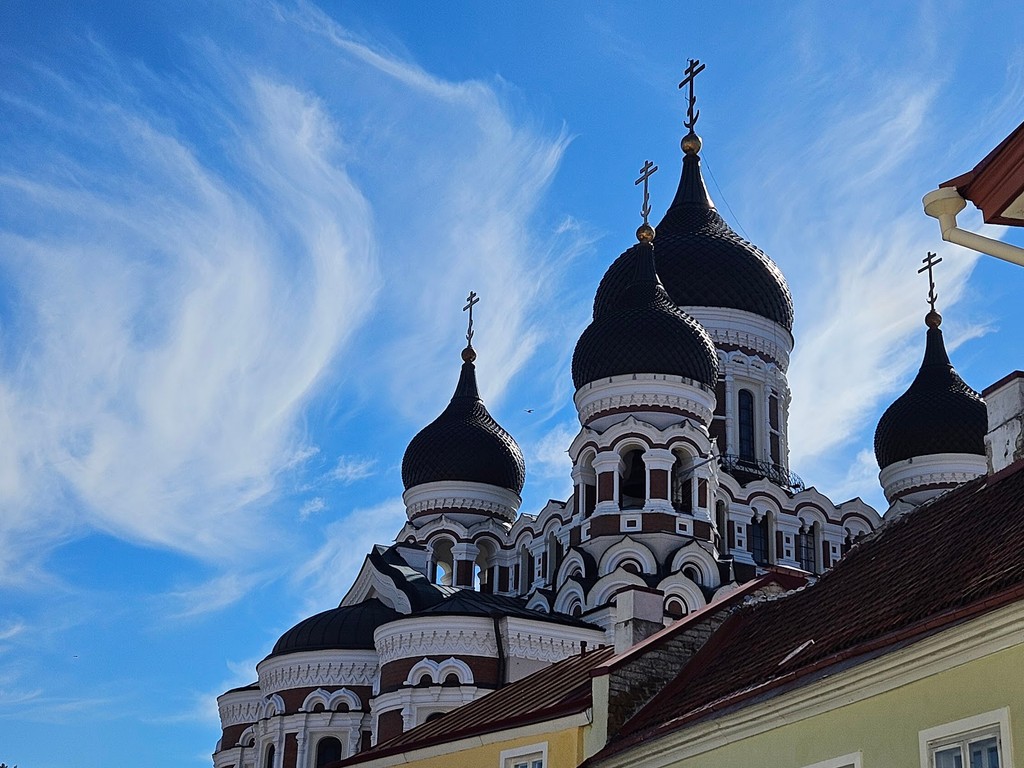
Alexander Nevsky Cathedral (Source: Google Maps)
Alexander Nevsky Cathedral is a grand Russian Orthodox church that exemplifies the Russian Revival architectural style. Completed in 1900, the cathedral features stunning onion domes and intricate mosaics that draw visitors from around the world. It was built to commemorate the Russian victory over the Estonian rebels in the 14th century and serves as a key cultural symbol for the Russian-speaking community in Tallinn. The interior is lavishly decorated with religious icons and artwork, reflecting the rich traditions of the Orthodox faith. The cathedral stands as a testament to the diverse cultural influences that have shaped Tallinn’s architectural identity.
Toompea Castle
Head to Toompea Hill to visit Toompea Castle, the seat of Estonia's parliament, where you'll appreciate its Baroque architecture and panoramic views of the city.
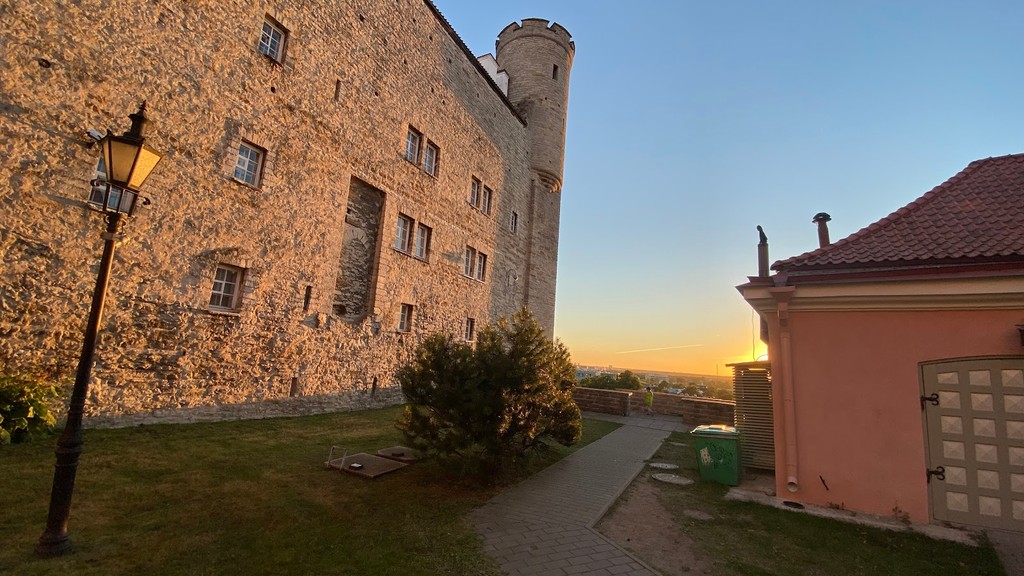
Toompea Castle (Source: Google Maps)
Toompea Castle is a historic fortress that serves as the seat of Estonia's parliament. Its origins date back to the 9th century, making it one of the oldest structures in Tallinn. The castle showcases a blend of architectural styles, including Baroque and medieval elements. Its iconic Pikk Hermann Tower is a symbol of Estonian independence and pride, flying the national flag. The castle grounds offer breathtaking views of the city and the surrounding area, making it a popular destination for visitors. Toompea Castle is not only an architectural marvel but also a significant site in Estonia's political history, representing the nation's journey towards sovereignty.
Patkuli Viewing Platform
Just a short stroll away, the Patkuli Viewing Platform offers breathtaking views over Tallinn's Old Town and the Baltic Sea, perfect for capturing the city's skyline.
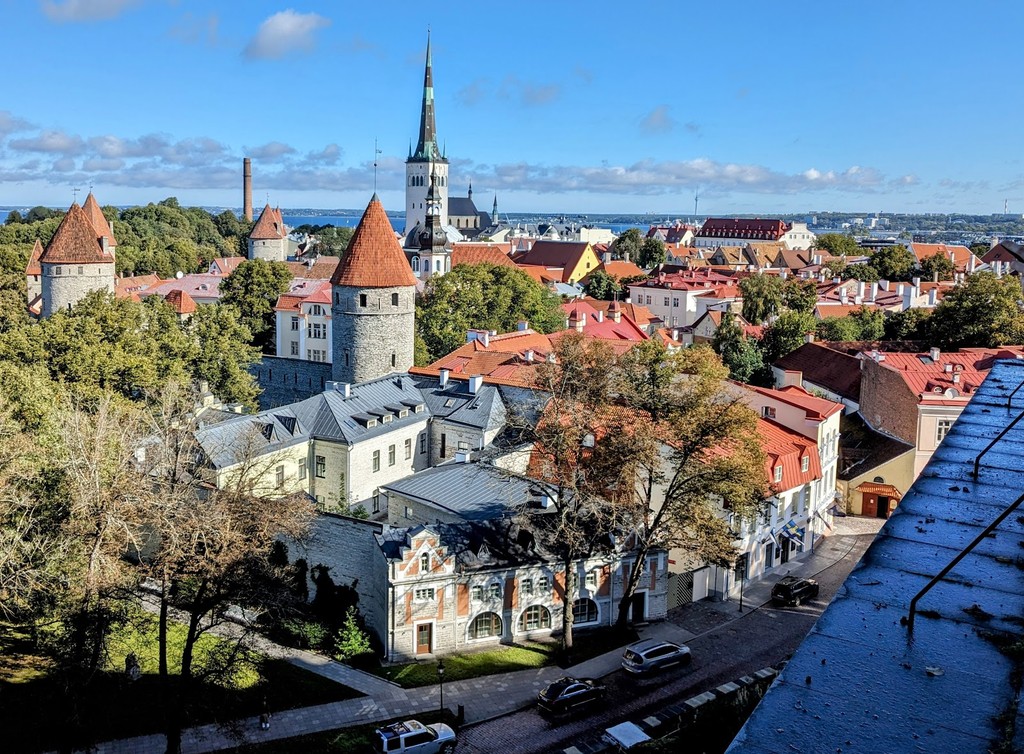
Patkuli Viewing Platform (Source: Google Maps)
The Patkuli Viewing Platform is a stunning lookout point that offers breathtaking views over Tallinn's Old Town and the Baltic Sea. Situated on Toompea Hill, the platform provides a panoramic perspective of the city’s skyline, showcasing the medieval rooftops and historic architecture that define Tallinn. It is a popular spot for photography and relaxation, allowing visitors to appreciate the beauty of the city from above. The platform is surrounded by lush greenery and is easily accessible, making it an ideal place to pause and take in the scenic vistas. The Patkuli Viewing Platform is a must-visit for anyone wanting to capture the essence of Tallinn's architectural charm.
Balti Jaama Turg
Conclude your tour at Balti Jaama Turg, a vibrant market where you can experience local culture, sample Estonian delicacies, and explore a variety of artisanal goods.

Balti Jaama Turg (Source: Google Maps)

Your travels, your rules.
Create your own Free Walking Tours.
Set your preferences, distances and anything you want to do or see.
Completely free, no payment required.